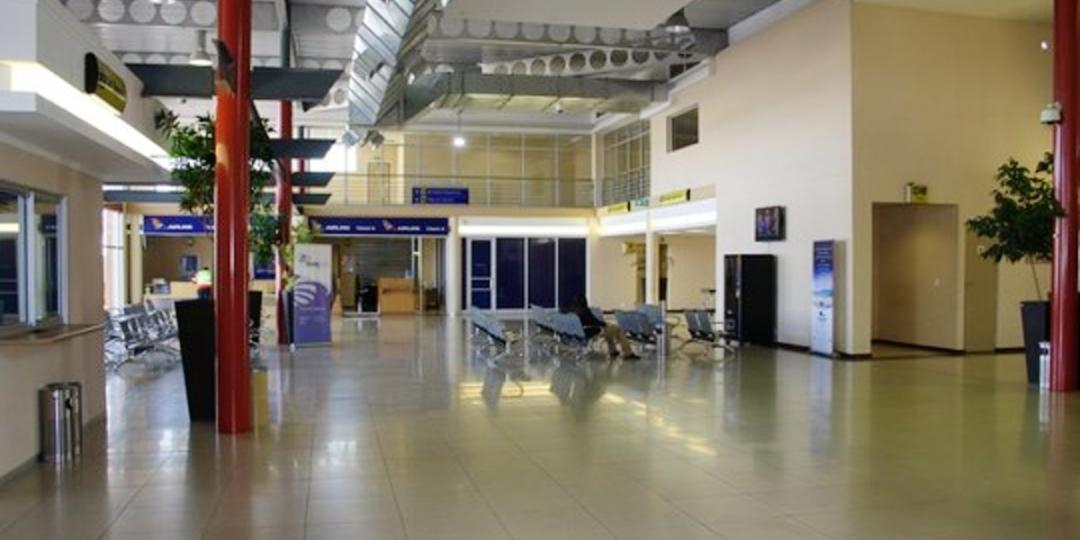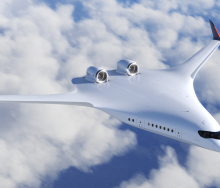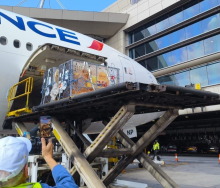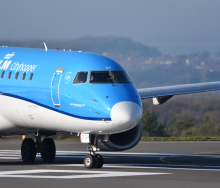Although South Africa’s Air Traffic Navigation Services (ATNS) has emphasised the need for the suspension of instrument approaches to certain airports to ensure safety in South African skies, aviation experts say that it is poor planning and execution that have disrupted air services across the country, at the George, Kimberley, Mthatha, Polokwane and Richards Bay airports.
“The key priority for ATNS is keeping the skies and our passengers safe, which therefore informed our decision in terms of our safety management system that procedures that do not meet the requirement should be suspended unless such non-compliances are mitigated,” ATNS COO, Josia Manyakoana, said in a media update.
According to the release, the maintenance procedures are based on both local and international standards and local procedures are currently under review to ensure they align with global advancements in aviation technology and safety requirements.
But for some members of the aviation community, that explanation is not enough.
“Nobody is disputing that safety compliance reviews have to be conducted on a regular basis. The issue here is that, as a result of poor planning and poor execution, it was not done in time, and this is now causing disruptions to air services,” explained Linden Birns, MD of Plane Talking.
ATNS’s update claims that the maintenance delay has only caused two flight cancellations at Polokwane Airport, and no other cancellations or delays at George, Kimberley or Mthatha airports.
However, Airlink has reported that in the first 10 days following ATNS’s NOTAM, between July 20 and 30, it experienced 692 flight delays – 320 departure delays from JNB to affected airports, and 372 arrival delays of flights coming back from impacted airports to JNB – resulting in a cumulative delay time of 14 110 minutes, amounting to about 13% of all the airline’s flights in those 10 days.
Birns explained that many aircraft had had to fly in holding patterns, divert or return to their departure airport due to a lack of visibility for a visual approach at the impacted airports. A visual approach may only be carried through if pilots have clear visibility from about 610m above the ground.
The delay in maintenance procedures had not only disrupted aviation, it was also disrupting economies and economic activity in those affected towns and cities, as well as for those individual airports, said Birns.
The Airlines Association of South Africa (AASA) has also criticised the failure in provision of approved instrument approaches to the affected airports.
“The disruptions and other impediments signal an indifference to aviation, tourism and business by the regulators and the custodians of the infrastructure who are meant to be enabling not frustrating, air connectivity. Air connectivity enables and propels economic activity. Any modern country that aspires to have a growing, sophisticated and competitive economy with low unemployment and improved social stability, takes aviation seriously and treats it as a central pillar in economic planning and strategy. Safety is paramount, but it should not be used as an excuse for poor planning and task management,” said Aaron Munetsi, CEO of AASA.
The lack of timeous maintenance had caused many unforeseen costs for airlines in terms of additional fuel, aircraft reservicing and replenishing, ground-handling fees, and extra parking and landing fees, particularly due to the additional flying time as a result of flying in holding patterns, delays, diversions and cancellations, said Birns.
“AASA is urging the transport minister to urgently intervene and encourage the aviation entities in her portfolio to explore every available avenue and to work with industry to promptly resolve these problems. For instance, ATNS and the SA Civil Aviation Authority could easily agree to a temporary alternative compliance mechanism that would give ATNS a few months of breathing space within which it could complete its procedural review of the various flight approaches and update any that need amending. Industry has offered to help with sourcing and paying to bring in outside help for ATNS,” continued Munetsi.
Birns said ATNS had experienced a significant decline in skills and expertise over the past few years. However, this staff shortage should have been considered, as the instrument approach procedural review must be completed every five years.
“They've known for a long time that they were shedding people and losing expertise and capacity. The industry has known and offered to bring people in and pay for them to come in on a project basis to help them meet the (maintenance) deadline. Even now, they are still offering to help ATNS,” said Birns.
ATNS said it was prioritising the lifting of the suspension for the impacted airports and would submit its procedural reviews for the affected airports by the end of August.
Some, but not all, of the instrument flight approaches to OR Tambo International, Cape Town International, Bloemfontein, Upington, Pietermaritzburg and East London are also suspended.















